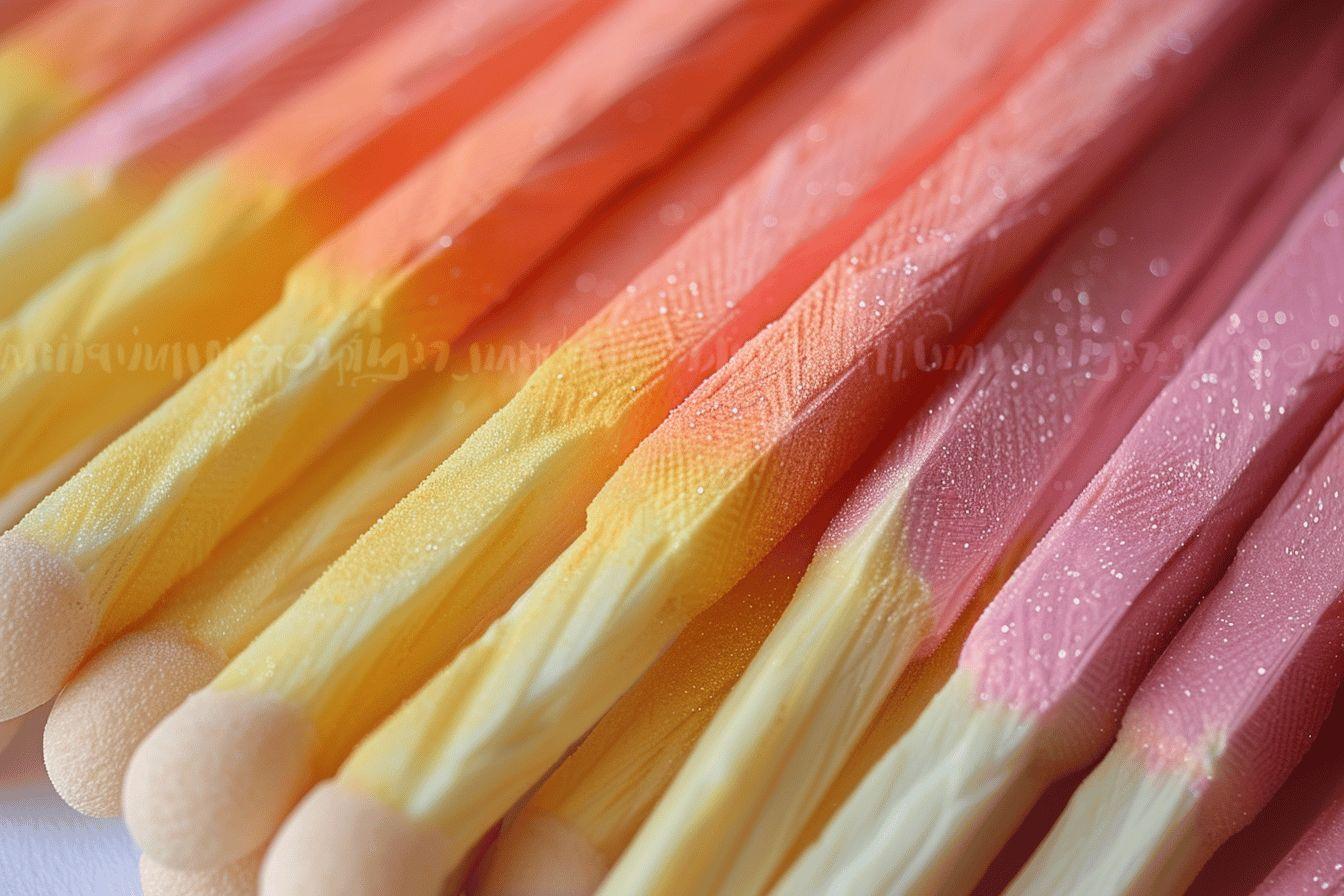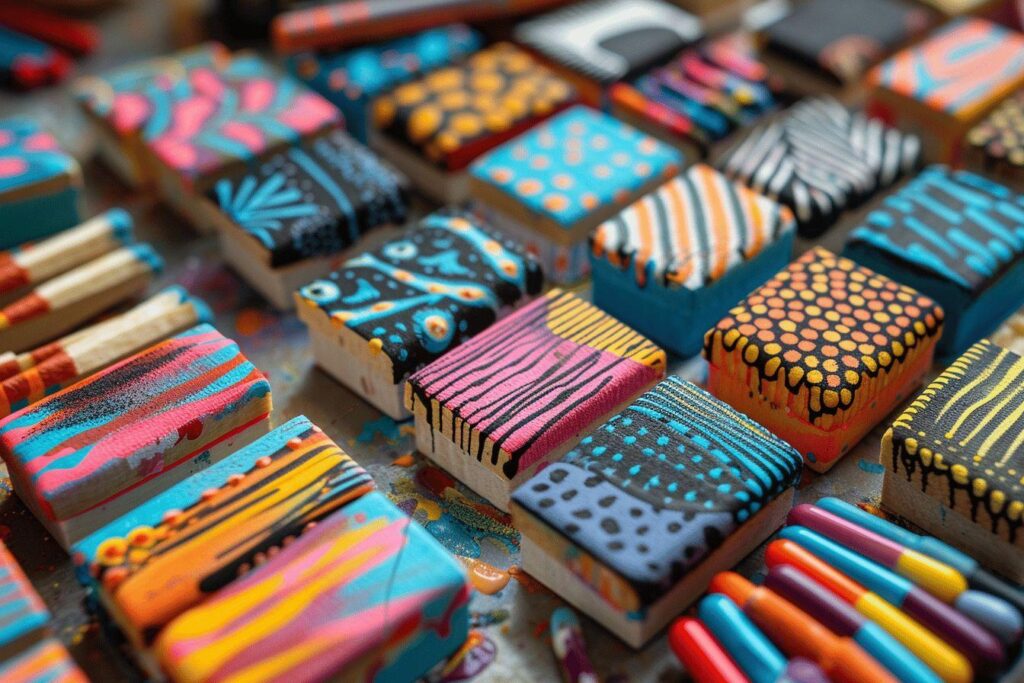Matches, those little everyday objects, turn out to be much more than just tools for lighting a fire. They inspire artists, designers and game creators, giving rise to unique works of art and fun activities for the whole family. Let’s take a look at the many facets of these wooden sticks, from their traditional uses to their most unexpected applications.
The match game: timeless family entertainment
Match-based puzzle games have spanned generations, providing moments of sharing and intellectual stimulation. These match puzzles are an ideal activity to bring young and old together around the table, whether for a family meal or an evening out with friends.
One particularly popular tabletop game features 24 match-based puzzles, complete with solutions. This simple yet effective concept helps to :
- Develop logical thinking
- Stimulate creativity
- Encourage concentration
- Create family bonding moments
This traditional game, made in France, comes in a compact 10 x 8 x 2 cm box that’s easy to carry and store. Made from simple materials such as cardboard, plastic and, of course, matches, it’s part of a return to classic toys, far from screens and electronic gadgets.
Here’s an overview of the features of this family match game:
| Features | Description |
|---|---|
| Number of puzzles | 24 |
| Materials | cardboard, plastic, matches |
| Dimensions | 10 x 8 x 2 cm |
| Manufacture | France |
| Suggested retail price | 4,95 £ |
The match as a source of artistic inspiration
Beyond their utilitarian function, matches have captured the imagination of contemporary artists. The artist Thomas Wachholz, for example, distinguished himself with his series of lithographs entitled “Matchstick Star”, inspired by his personal collection of matchboxes.
These graphic works of art feature an exploding match, creating a striking star pattern. The artist plays with :
- bright, contrasting colors
- Clean, geometric shapes
- Flat textures reminiscent of printing techniques
This artistic approach is in line with pop art and geometric abstraction, transforming a banal object into a powerful visual icon.
The “Matchstick Star” lithographs are available in several limited editions, each seeking a different color palette:
- The pink edition
- The yellow edition
- The orange edition
- The set edition
These chromatic variations enable collectors and art lovers to choose the work that best complements their interior or existing collection.

From wooden sticks to designer accessories
The minimalist, graphic aesthetic of matches has also inspired designers of fashion and high-tech accessories. A striking example is the phone shell adorned with a pattern of matches and printed rings. This design combines functionality and style, offering effective protection while adding a touch of originality to your smartphone.
This innovative design offers a number of advantages:
- Protection against dirt, scratches and shocks
- A non-slip surface for improved grip
- Lightweight, slim-line construction preserves the aesthetics of the phone
- compatibility with MagSafe technology for easy wireless charging
Available for various smartphone models, this designer case is priced at €40. It’s a perfect example of how a simple, recognizable motif can be reinterpreted to create an accessory that’s both practical and aesthetically pleasing.
Matches: between tradition and innovation
The craze for matches, whether in games, art or design, testifies to the adaptability of this age-old object. While retaining its traditional role, the match has become a strong visual symbol, capable of evoking simplicity, ingenuity and a certain nostalgia.
This versatility manifests itself in a variety of fields:
- Education, with stimulating logic games
- Contemporary art, as a source of graphic inspiration
- The design of everyday objects, adding a touch of originality
- Marketing, using the image of the match for its symbolic power
Whether it’s solving riddles with the family, admiring a brightly colored lithograph or protecting your phone with style, matches continue to captivate and inspire. They remind us that even the simplest objects can be reinvented and appreciated in a new light, bridging the gap between tradition and modernity.

